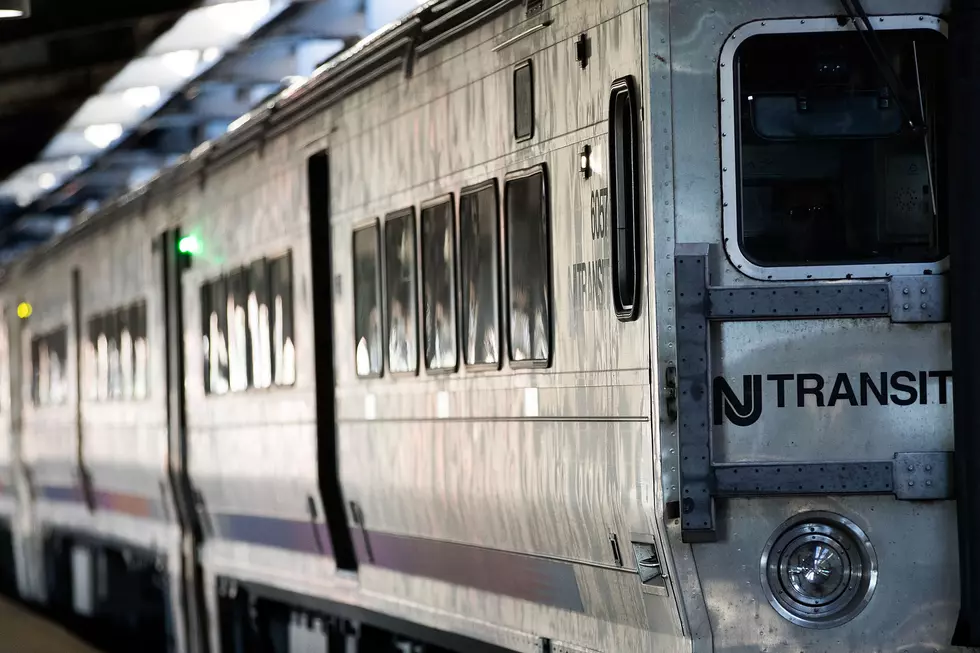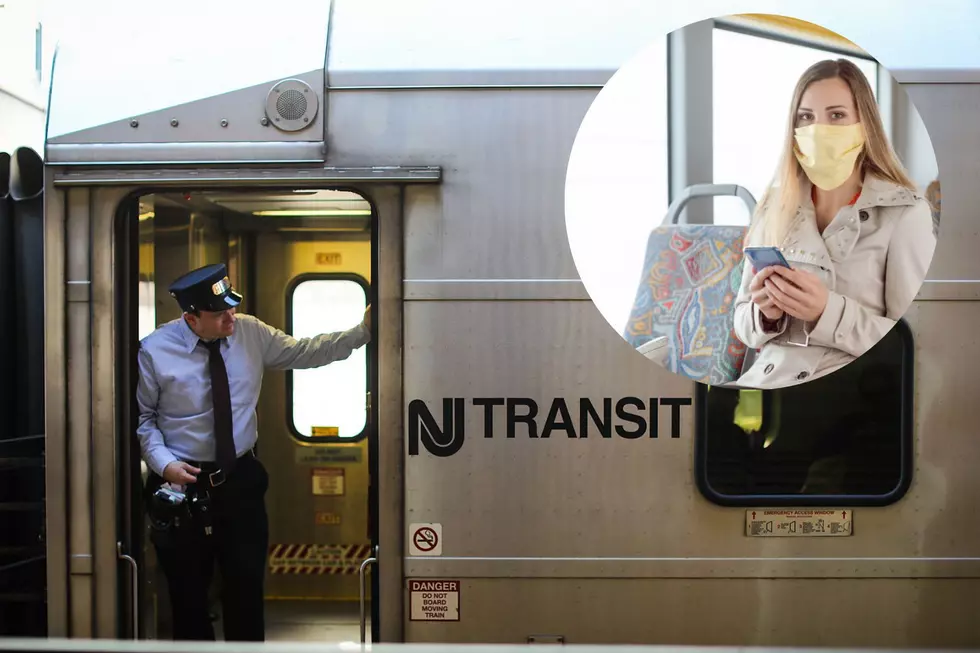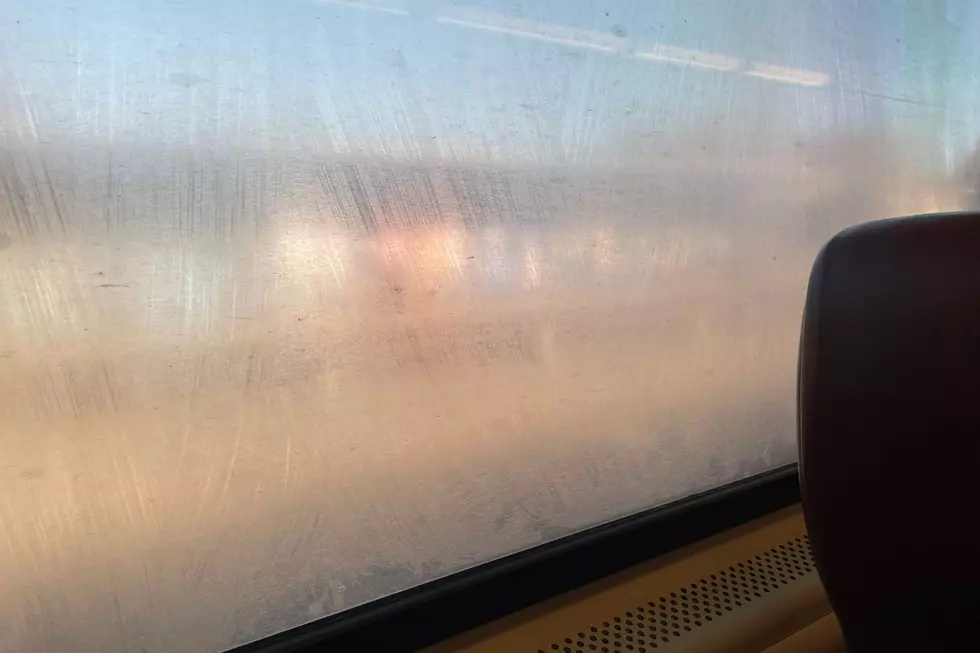
NJ Transit ducks big fines, finally gets breaking system in place
New Jersey Transit announced Friday it has completed installation and implementation of a federally required emergency braking system, two weeks before a national deadline that had raised the specter of steep fines and potentially crippling disruptions to train service between New Jersey and New York City.
NJ Transit officials had insisted over the last several months that they would meet the deadline, even as federal regulators released quarterly updates targeting NJ Transit as one of the few rail systems in the country in jeopardy of missing the cutoff.
At a news conference with Gov. Phil Murphy and federal railroad representatives on Friday, NJ Transit CEO Kevin Corbett called it “nothing less than a Herculean effort" given that roughly 12% of the work had been completed when he arrived in early 2018.

Software and hardware had to be installed by the end of that year on hundreds of locomotives and nearly 400 miles (644 kilometers) of track covering 12 rail lines that serve more than 100 towns.
NJ Transit could have faced fines of more than $25,000 per day if it didn’t meet the 2020 deadline for testing and implementing the system, and potentially be barred from running trains on tracks operated by Amtrak, which includes the heavily traveled corridor between Trenton and New York.
Earlier in the week, Corbett told reporters if the process wasn’t completed in time, “you’ll be talking to a new CEO.”
Positive train control is a computerized system that can automatically slow a train if an engineer is incapacitated or if a signal malfunctions. A 2008 commuter rail crash in California that killed 25 people helped give urgency to the matter, but the National Transportation Safety Board, which investigates train accidents, had been advocating for the system for decades for all commuter and freight railroads.
According to the NTSB, a 1999 federal report found more than 2,500 rail accidents between 1988 and 1997 could have been prevented if PTC had been in use.
When a woman was killed on a Hoboken platform in 2016, her family blamed NJ Transit for not yet having PTC in place. Her family and other injured survivors sued NJ Transit. An NTSB report also found PTC might have prevented the crash.
All U.S. railroads were required to have the system in place by the end of 2015, but federal regulators extended that three years. NJ Transit was among numerous operators that had installed the system by the end of 2018 but were given an extension to the end of 2020 to test it and put it fully into use.
As work accelerated in 2018, the intensified focus on outfitting track infrastructure and trains with the new system left customers bearing the brunt as hundreds of trains per month were delayed or canceled to accommodate the work.
NJ Transit and contractor Parsons Corp. “had 11 months to do essentially nine years’ worth of work” in installing PTC in 2018, Murphy said Friday, then had 24 months to do what amounted to four years’ additional work to finish the job.
The process hit a roadblock last year when problems with software provided by Parsons delayed testing on trains carrying actual passengers, a requirement under federal rules. Some software was still being replaced to correct defects as recently as last month, according to a recent NJ Transit update.
NJ's Best Holiday Lights – Sent in by YOU
(Copyright 2020 The Associated Press. All rights reserved. This material may not be published, broadcast, rewritten or redistributed.)
More From New Jersey 101.5 FM









